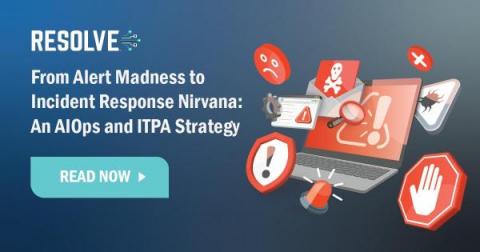What Is the Network Operations Center (NOC): A Brief Overview
The true financial harm of downtime is significant. As of Aug 11, 2022, each minute costs an average of $9,000, according to the Ponemon Institute, raising the downtime cost per hour to over $500,000. It goes without saying that network outages hurt revenue, kill productivity, and harm the corporate brand, as well as the reputations of professionals who may be dragged into the mess.











